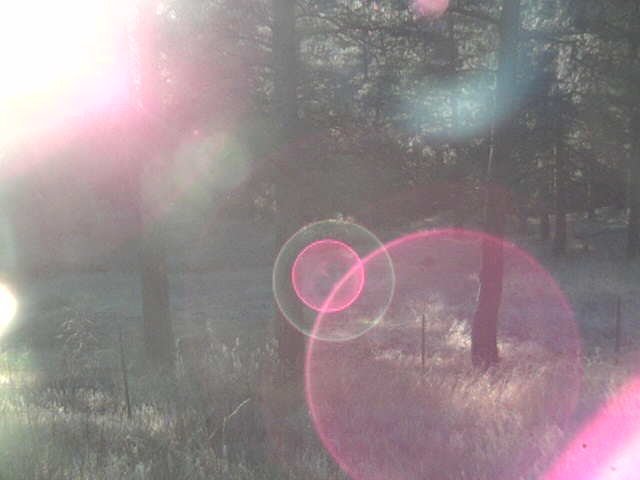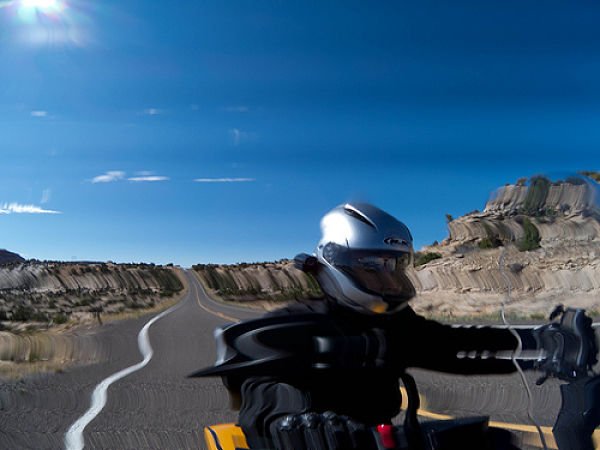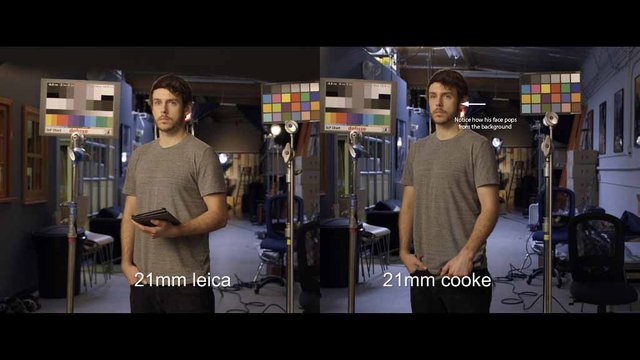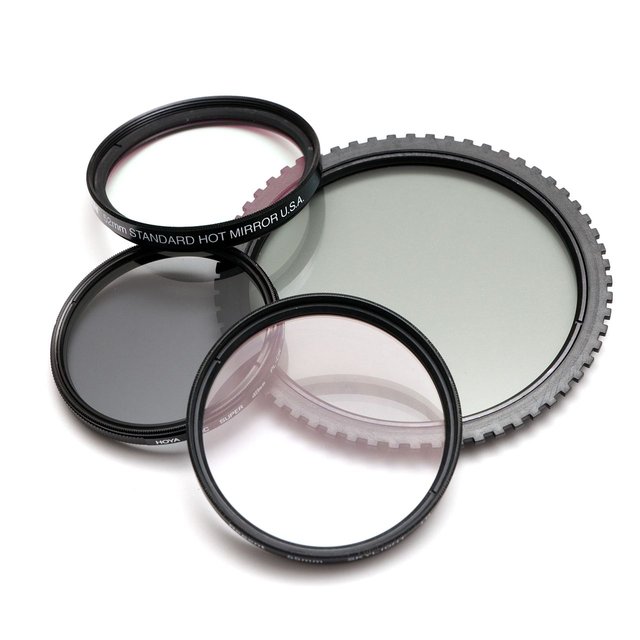What makes a camera great - Part 1: Introduction, Optics and Shutter
When it comes to cameras, or rather the images they produce, beauty is often in the eye of the beholder. Nevertheless, I shall try and both qualify and quantify what makes a camera better than the other. Please note that this is purely my personal perspective on the matter and by no means an objective one. Needless to say, this assumes you have basic knowledge of photography.
Part 1: Introduction, Optics and Shutter
A camera system has five basic stages -
- Optics - Lens, filters, etc. Technically not part of the camera, but let's call it the camera system.
- Shutter - The shutter controls the amount of light exposed on the sensor, and how it is exposed.
- Sensor - The silicon semiconductor that captures light. The sensor has a separate Analog-to-Digital Converter (ADC).
- Processor - The processor or DSP (digital signal processor) then processes the raw data received from the ADC into an uncompressed viewable image.
- Compressor/recorder - The recorder compresses the uncompressed data from the DSP into a recordable format, which is then written to the recording media.
The basic concept remains the same for every digital camera, from your smartphone camera to million dollar motion picture cameras.
Optics
In front of every camera sensor is a lens. Lenses can be a whole can of worms, and not technically part of the camera, so let's get through it briefly.
Lenses
- Resistance to artifacts. Of course, some photographers and cinematographers use these defects as artistic tools - most commonly the lens flare. Some manufacturers like Cooke even have vintage lenses which has none of the artifact resistance of modern lenses.

This lens has pretty poor resistance to artifacts
- Focal length - Pretty simple, how wide or close the lens is. A prime lens has a fixed focal length, while zoom lenses have variable focal lengths.
- Aperture - How much light the lens lets in. F-stop is a relative indication of the light passed, while the raw aperture size increases with the focal length. "Fast" lenses are those with larger apertures, or lower F-numbers. However, a good lens also must retain image quality at all apertures. Some cheap f/1.8 lenses are fast, but they lose a lot of resolution at f/1.8 compared to say, f/5.6.
- Image quality - Different lenses have different image quality characteristics. We'll discuss more about this later, as much of these parameters overlap with sensors. There's also a significant subjective aspect here - some prefer a warmer, higher contrast lens, some prefer a pin sharp lens, some want a softer look, etc.
- Perspective - This is a parameter unique to lenses. Different lenses have a different "flatness" to them. There is surprisingly little documentation about this, yet it makes a world of difference compositionally.
This is the only example I could find, courtesy of Hollywood cinematographer Shane Hurlbut. In this image, the camera, position, lighting, everything is identical. So are the focal lengths and apertures for the lenses. Difference in image quality aside, notice how there's more depth to the Cooke image. There's greater separation by distance for the objects in the frame. The Leica by comparison is a flatter lens.
There's a lot more to lenses - there are several types of lenses, bokeh shapes (search for "heart bokeh" for a laugh), differing types of focus rings (particularly for cinema versus still lenses), but let's move on.
Filters
In front of the lens, you can add filters. Filters have various different purposes - from correcting an image, to creative effects. A common filter is a Neutral Density (ND) filter - basically sunglasses for your camera :)
Higher motion cameras often have filters behind the lens but in front of the shutter. Usually this is a variable ND filter to control the amount of light being exposed.
Finally, motion cameras have an OLPF - an optical low pass filter. Aliasing is not an issue for still cameras, but in motion, sharp edges often create distracting aliasing patterns. This is similar to running a game without anti-aliasing. The OLPF essentially is an anti-aliasing filter which cuts off the sharpest edges. Still cameras and smartphone cameras don't have an OLPF, which is why video often looks overly sharp and jarring compared to what you see in movies and TV shows.
Shutter
While there are different types of shutters, the final result is mostly a non-issue for still cameras. This is mostly a motion camera thing.
- Electronic rolling shutter and its speed - This is the type of shutter used by most still cameras. While DSLRs do have a mechanical shutter for stills, they have to fall back to electronic shutter for motion. When you shoot video with these cameras, you'll see slanted lines when you pan, and a wobbling effect when there's movement.

An extreme example of the jello effect. Source
This is called the "jello effect" and happens because the sensor is scanned slowly over a period of time. So one frame is not captured instantaneously, and between the first row of pixels and the last row in each frame, there's a slight lag. Still cameras, smartphone cameras typically have a very slow rolling shutter, which is why we see these effects.
However, there are many high end cinema cameras which use an electronic rolling shutter, but their sensor scan are an order of magnitude faster. Thus, they are fast enough to not exhibit any jello effect, unless in extreme situations.
Electronic global shutter - This is found only on a select few cinema cameras such as the Sony F55. Instead of scanning row-by-row, the sensor captures the entire frame instantaneously. So, there are no motion artifacts whatsoever, and leads to a pristine image. It even captures things like flash bulbs accurately.
Mechanical shutter - All film cameras used to have a mechanical shutter, which would rotate and expose twice every frame. As far as I know, only the Sony F65 and Arri Alexa Studio has this type of shutter in the digital age. It achieves the same thing as the electronic global shutter, but does so with a mechanical shutter in front of the sensor. It's actually slightly less accurate than the electronic global shutter, but some prefer the more familiar motion blur look.
There are some other types of shutters, such as Tessive. But for most of us, we'll be using an electronic rolling shutter, and a camera with a faster rolling shutter is always better. You can test this yourself by panning on vertical objects (e.g. a pole), and gauging how slanted they are when you freeze the frame.
Part 2 will discuss the Sensor, Part 3 will conclude with the processing and recording pipeline.


a lot of info. about camera is here. well i also have one and i love to click random pictures. waiting for the second part i hope you will post soon
Every smartphone user has a camera in their pockets nowadays :) I have the second and third parts mostly written up already, will publish tomorrow or day after.
Very informative post my friend @liberosist, thanks for this knowledge that took a long time to gather
So insightful! Thank you!
Awesome post! Got a new follower... :) Keep up the good work.